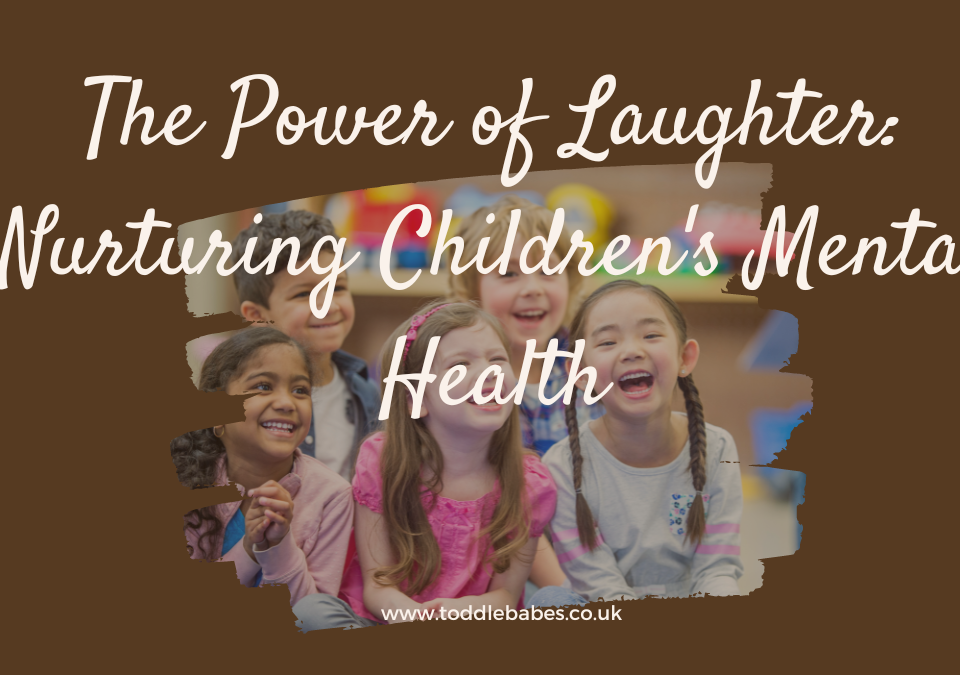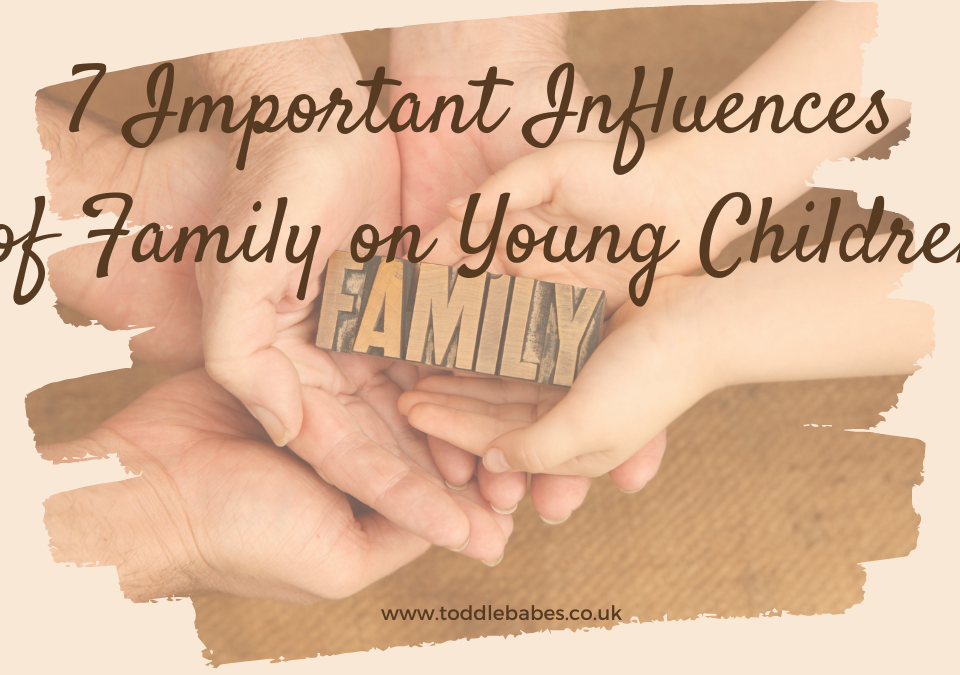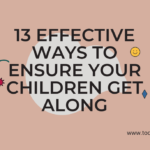
13 Effective Ways to Ensure Your Children Get Along
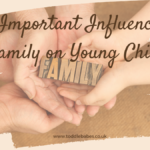
7 Important Influences of Family on Young Children
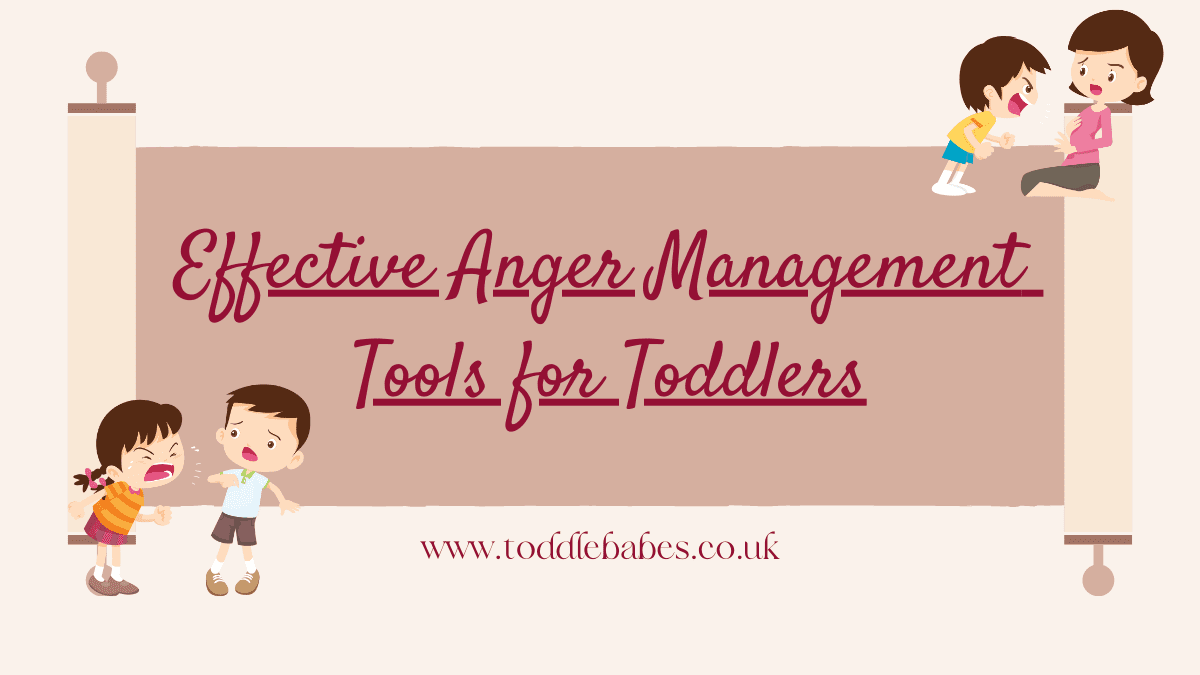
Toddler tantrums can feel like emotional hurricanes—loud, sudden, and intense. While it’s perfectly normal for young children to express big feelings, repeated outbursts can become overwhelming for both parent and child. Helping your toddler understand and manage anger isn’t just about avoiding meltdowns; it’s about equipping them with lifelong emotional tools.
Understanding anger management early can lead to better emotional outcomes.
This guide dives into 10 highly effective anger management strategies tailored for toddlers—practical tools you can use every day to raise emotionally intelligent, confident little humans.
This guide provides essential anger management techniques that can be implemented at home.
Table of Contents
Why Toddlers Struggle with Anger Management
Anger is a natural response, especially in toddlers who are just beginning to understand the world around them. At this age, language skills, self-control, and emotional awareness are still developing. When toddlers feel frustrated, misunderstood, or out of control, their only outlet may be to scream, cry, hit, or throw themselves on the floor.
By recognising and addressing their anger, you can help them develop effective anger management skills.
Understanding this helps you approach their behaviour with empathy instead of punishment. The aim isn’t to stop the feelings but to teach your child how to manage them constructively.
This emotional awareness is a crucial part of successful anger management.
1. Label Emotions with Simple Language
Many tantrums stem from toddlers feeling something they can’t express. You can ease their frustration by naming the emotion:
“You’re feeling angry because we stopped the game.”
“You’re sad that Daddy had to leave.”
By consistently identifying emotions, you help your child connect physical sensations and reactions with feelings—and this builds emotional intelligence over time.
2. Use Emotion Charts or Pictures
Visual aids are powerful tools for young children. A simple poster showing faces for “happy,” “angry,” “sad,” and “tired” can help toddlers point to what they’re feeling when they can’t verbalise it. Over time, this visual method promotes recognition and communication of emotions.
These tools are integral to anger management as they facilitate communication.
You could also create a DIY emotion wheel or use a printable one. Place it somewhere accessible so your child can refer to it throughout the day.
Follow for Express Your Emotions Sensory Bottles
3. Create a Calm-Down Space (Not a Time-Out Corner)
Creating this space is a vital component of any toddler’s anger management plan.
Click here for a Calming Corner Chart
Rather than isolating your toddler for angry behaviour, offer a safe and inviting calm-down space. This could be a cosy corner with:
-
A soft cushion or beanbag
-
A favourite stuffed toy
-
Books about feelings
-
A calm-down jar with glitter
Encourage your toddler to use this space when they feel overwhelmed, not as a punishment, but as a safe space to self-soothe and reset.
4. Practice Deep Breathing with Visual Cues
Get your Breathing Exercise Cards for Kids here
Breathing exercises may sound too advanced for toddlers, but they’re surprisingly effective—especially when paired with fun imagery. Try:
Incorporating breathing techniques is an effective anger management strategy.
-
“Smell the flower, blow the candle”: Pretend to smell a flower (inhale), then blow out a candle (exhale).
-
Bubble breathing: Blow pretend or real bubbles slowly to regulate breath.
Practice these techniques during calm moments so they become familiar before a meltdown occurs.
5. Use Storybooks to Explore Emotions
Reading about emotions helps toddlers see that feeling angry is okay—and that others feel that way too. Look for picture books that talk about anger, frustration, or losing control. Read them regularly and discuss how the characters feel and what they do to feel better.
These stories can also spark discussions about anger management.
Books allow children to process emotions in a non-threatening way and build empathy as they relate to characters’ experiences.
6. Offer Choices to Avoid Power Struggles
Anger often comes from feeling powerless. Offering your toddler simple choices helps restore their sense of control:
Providing choices fosters a sense of control and is beneficial for anger management.
-
“Do you want to wear the red shirt or the blue one?”
-
“Do you want apple or banana slices?”
When children feel empowered, they’re less likely to resort to angry outbursts to assert themselves.
7. Stick to Predictable Routines
Toddlers thrive on routine. Predictable schedules help them feel safe and secure because they know what’s coming next. Sudden transitions or unexpected changes can be triggers for angry behaviour.
Consistent routines make anger management easier for both toddlers and parents.
Use a visual timetable, picture schedule, or routine chart to help your toddler anticipate transitions like bedtime, meals, or leaving the house. Give five-minute warnings before changes to ease the shift.
8. Channel Anger Through Movement and Play
Toddlers need outlets for the energy that anger brings. Instead of focusing on stopping the anger, redirect it. Try:
Physical activities serve as excellent outlets for anger management.
-
Throwing soft balls into a basket
-
Jumping on a mini trampoline
-
Scribbling with crayons on a big sheet of paper
-
Squishing playdough or stress balls
These physical activities help release tension and are far more productive than yelling or hitting.
9. Acknowledge and Praise Self-Regulation
Positive reinforcement is powerful. When your toddler makes a good choice—even a small one—acknowledge it:
Praising self-regulation reinforces positive anger management behaviors.
“I saw that you were upset, but you took a big breath. That was a great choice!”
Catch the good moments and celebrate them. This encourages your child to repeat those behaviours in future.
10. Be the Calm You Want to See
Perhaps the hardest—but most important—tool is modelling calm behaviour yourself. Toddlers absorb your tone, facial expressions, and energy. If you react to their anger with shouting, it escalates the cycle.
Your calmness sets an example of effective anger management for your toddler.
When you feel yourself getting frustrated, name your own feelings aloud:
“I’m feeling cross right now, so I’m going to take a breath.”
You’re showing your child exactly what emotional regulation looks like in action.
When to Seek Extra Support
If your child’s anger is persistent, extreme, or results in harm to themselves or others, consider seeking advice from a GP or child behaviour specialist. Sometimes underlying issues like sensory processing disorders, speech delays, or anxiety can contribute to frequent meltdowns.
Addressing extreme anger is crucial for long-term anger management success.
There’s no shame in asking for help. Parenting is hard—and you don’t have to do it alone.
Final Thoughts
Helping toddlers manage anger isn’t about eliminating outbursts altogether—it’s about teaching skills that support lifelong emotional health. Through calm routines, patient guidance, and empathy, you’re giving your child the foundation for resilience and self-awareness.
Implementing these anger management strategies will promote emotional resilience.
Anger is normal. With these tools, it can also become manageable.
With a focus on anger management, toddlers can learn to express emotions healthily.
What strategies work best for your toddler? Head over to our Facebook page to join the conversation.
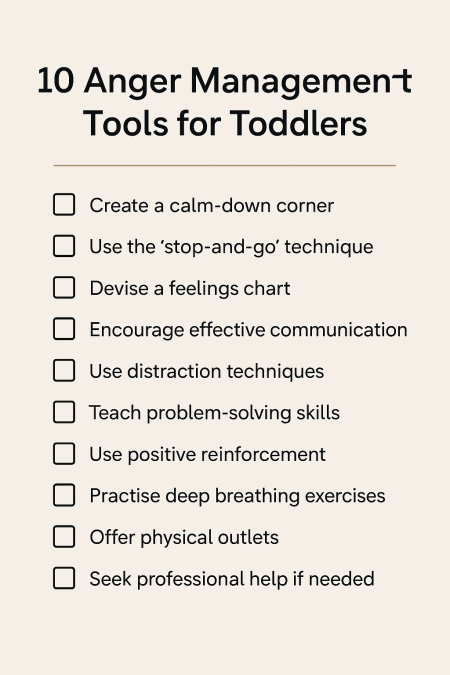
👉 Want more toddler behaviour tips, printables, and parenting resources? Visit ToddleBabes.co.uk
I am a preschool and primary school teacher and mum to 3 children. I have been involved in education since 1997 and have trained in a variety of educational specialist areas. It is with this expertise that I write articles to help parents and educators provide quality learning experiences for the children in their care.


